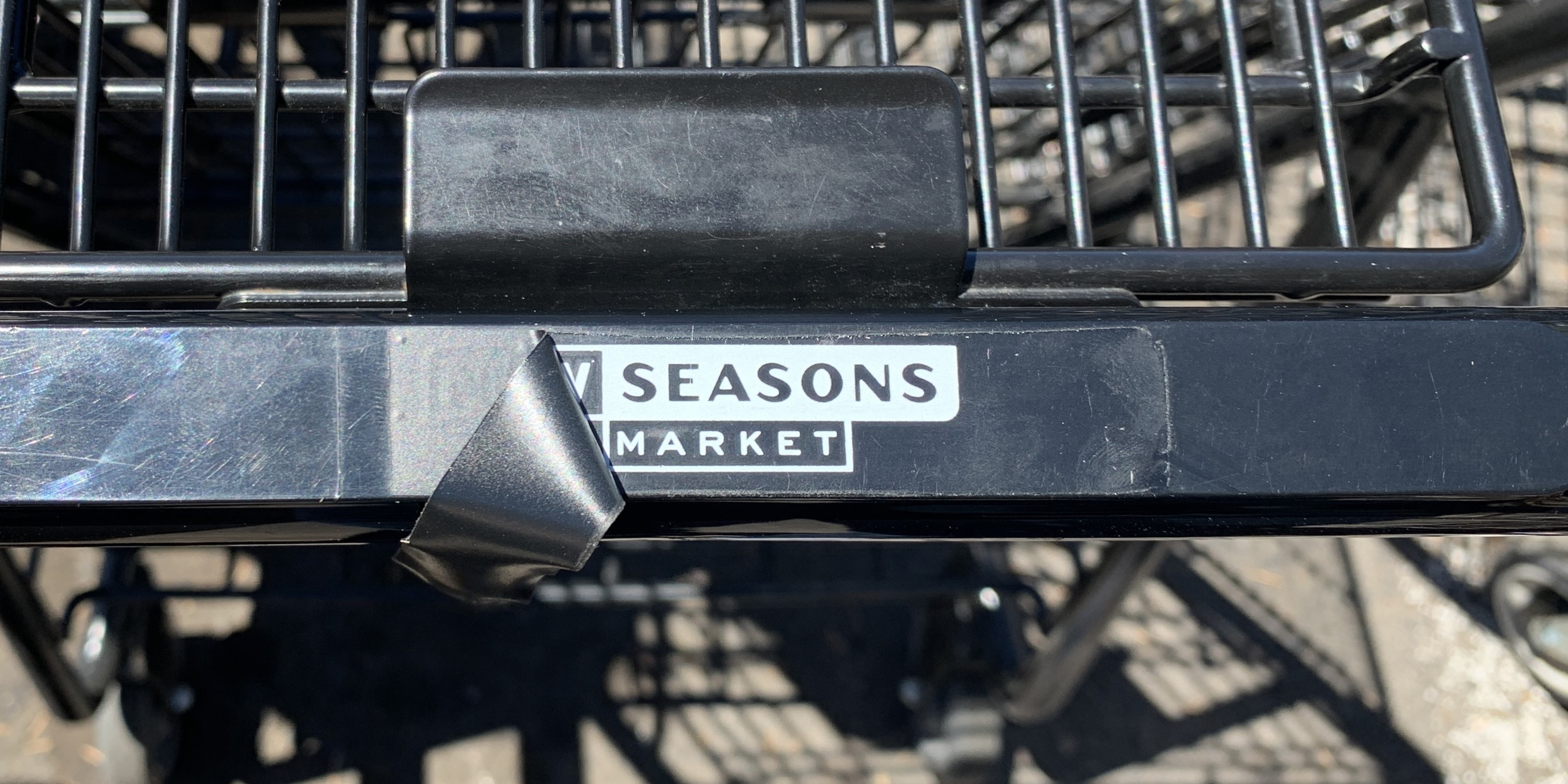Reviewing shopping cart ordinances can be a painstaking process. In our first article on the topic...
Are You Losing Carts to Cart Retrieval?
Would you take a sledgehammer to loose shopping carts? In 2013, that’s exactly what one state lawmaker in Hawaii did to force carts off the streets. Over the last 20 years, more cities and municipalities have turned to less blunt instruments like legal fines and mandatory cart retrieval programs to address the fact that containment systems were not working. Many cities now require retailers to implement some form of anti-theft technology and pay for cart retrieval services.

While cart retrieval is effective at getting carts off the streets, there are limitations and drawbacks that retailers need to be aware of and address:
- Many carts look alike. To counter this problem, many municipalities require retailers to label their carts with a return address and retailer name. The problem is these labels quickly become illegible, peeled off or faded away. As a result carts can often be returned to the wrong store for that retailer…or the wrong retailer entirely. Often, there are fines for retailers having carts in the wild for illegible cart labels or not doing enough to keep carts on their property.
- Who pays for it? Many retailers pay cart retrieval companies “per run.” This means they are paying for cart collection, even if no carts are collected. Other retailers pay per cart returned. Neither of these scenarios are ideal for retailers. In a “pay per cart” scenario, retrieval companies are incentive to bring any cart back to the retailer…which compounds the problem we described in point 1. In a “pay per run” scenario, there is no incentive to return any carts at all to the retailer – so retailers can pay for nothing. Some cities have programs that pool collection costs by asking retailers to join a cart retrieval "program" or collective that reduces the cost per cart but forces participation in the program.
- What happens if the wrong cart is returned? If a retailer’s carts are returned either mistakenly or accidently, to another retailer…what do you do? If you are the unfortunate retailer who’s carts were transferred somewhere else, you assume your carts were stolen for good and buy more carts. While bonus carts for the other retailer may seem like a positive side effect. Having the wrong carts at your store can cause serious issues. Pictured here are traditional shopping carts that were retuned to a retailer with a vertical transport system. Customers that tried to use those carts would jam the vertical transport system (causing thousands of dollars in damage) or worse, push the cart up the system, only to have the cart jam or tip over.
Ensuring the right carts go back to the right store is critical for retailers. Many stores elect to do their own retrieval efforts but often don’t know where to look or how to be efficient about it. Cart Tracking Technology from Store Technology Group can equip both retailers and cart retrieval companies with the information to be quick, efficient and cost effective with their retrieval efforts. Many cities allow exemptions for containment programs if the retailer can produce a cart retrieval plan to keep carts off the streets. Tracking Technology does exactly that: Retailers and retrieval companies are equipped to quickly react and bring the right cart back to the right store.



